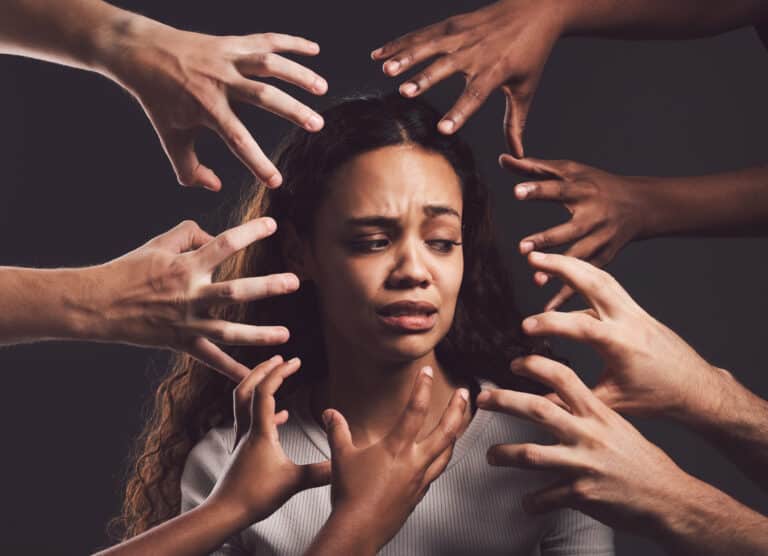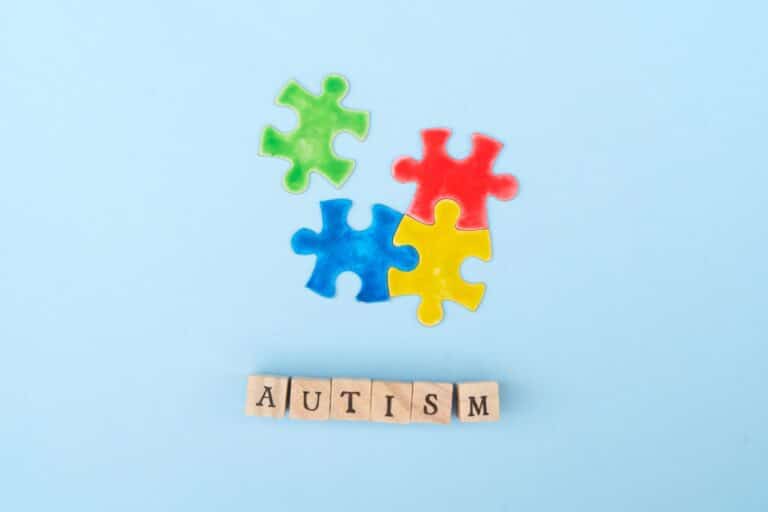The CDC reports that over 250 Americans die every day due to the improper use of drugs. Nearly half of the deaths involve an overdose resulting from taking two or more medicines that amplify the side effects of one another.
In addition, polysubstance can cause severe complications like organ damage, stroke, seizures, loss of consciousness, and slow breathing. That is why it matters to assess the safety of using two or more drugs before proceeding with medication.
So, can you take Tramadol and Xanax together? SoCal, a treatment facility helping citizens quit an addiction, has shed light on whether it is safe to take the two drugs prescribed for severe pain, anxiety, and panic attacks.
What is Tramadol
Tramadol relieves moderate to intense pain that ordinary painkillers cannot relieve. The long-acting drug relieves pain from cancer, fibromyalgia, sciatica, bone fractures, endometriosis, and post-surgery discomfort.
Though safe and effective, Tramadol can trigger several side effects, mainly when used alongside alcohol, nutritional supplements, muscle relaxants, HIV medications, sedatives, tranquilizers, and other prescription drugs.
The common side effects associated with this opioid analgesic include:
- Nervousness
- Sleepiness
- Muscle tightness
- Changes in heartbeat
- Difficulties breathing
- Difficulties swallowing
- Loss of energy
- Confusion
- Muscle cramps
What is Xanax
Doctors prescribe Xanax to treat patients with intense anxiety and panic attacks. Classified as a benzodiazepine, Xanax stimulates the production of GABA, inducing a calming effect that eliminates the extreme fear, worry, and restlessness associated with anxiety. Like many benzodiazepines, Xanax can trigger a couple of side effects, including:
- Dizziness
- Irritability
- Difficulty concentrating
- Increased salivation
- Seizures
- Shortness of breath
- Loss of balance
- Swollen hands and feet
- Stuffy nose
- Drowsiness
While Xanax can trigger side effects in any patient, the likelihood is higher for patients using benzodiazepine alongside other medications. Such drugs include narcotic pain, sleeping pills, nutritional supplements, muscle relaxers, birth control pills, antidepressants, and alcohol.
Furthermore, the side effects of Xanax get amplified if the user has certain conditions like pregnancy, glaucoma, high blood pressure, or kidney issues.
Dangers of Mixing Tramadol and Xanax
Can you take Tramadol and Xanax together? The two drugs can act on the central nervous system to trigger life-threatening side effects. Therefore, patients should never use Xanax and Tramadol same day, not unless the doctor or pharmacist gives the green light.
Some of the common dangers associated with the two prescription drugs for pain and anxiety include:
Extreme Sedation
Tramadol and Xanax work similarly — they depress the central nervous system helping patients calm down. When used together, the two drugs complement each other to induce extreme sedation, a state whereby patients become less responsive to external stimuli.
Sedation has other side effects like difficulty breathing, blurred vision, trouble focusing, amnesia, depression, and slurred speech. Extremely sedated patients can find it hard to cope with daily chores.
Respiratory Depression
Respiratory depression is another dangerous side effect of taking Xanax and Tramadol on the same day. Patients with this side effect breathe slower than average, taking in little oxygen while retaining more carbon dioxide.
In response, the patient feels exhausted, sleepy, depressed, and confused. Furthermore, patients with respiratory depression can experience lightheadedness, muscle spasms, pacing heart rate, and general body weakness.
Drug Addiction
Using Tramadol and Xanax together can induce an intense calming effect, making patients desire to keep using the drugs. Like any drug addiction, failure to use the drugs can cause withdrawal symptoms like irritability, paranoia, anxiety, confusion, and seizures.
With drug dependence, patients risk overdosing, a habit that could lead to organ failure, coma, or death. Patients addicted to Xanax and Tramadol can experience other disturbing symptoms like irritability, confusion, and seizures. It is recommended to seek treatment for opioid and benzodiazepine addiction, such as a detox and rehab facility.
Increased Risk of Overdosing
Taking Xanax and Tramadol on the same day, over an extended period, floods the body with chemicals that it cannot eliminate quickly. As a result, continued overdosing results in toxicity, a potentially fatal problem.
Overdosing can slow down vital organs like the central nervous system, leading to issues like slowed metabolism, organ failure, exhaustion, and heartbeats. Also, overdosing can lead to seizures, irregular breathing, and impaired judgment.
Coma or Death
At worst, the complications from mixing Tramadol and Xanax can lead to coma or death. For instance, the drug can cause respiratory depression, leading to organ failure, stroke, or heart attack.
On the other hand, taking Xanax and Tramadol on the same day can lead to extreme CNS depression, a problem that can slow heartbeats, lead to loss of consciousness, or cause seizures. If left managed, the complication could lead to coma or death.
Treatment for Substance Use Disorder
Using Xanax and Tramadol to manage pain, anxiety, and panic attacks leads to addiction, an issue that paves the way for many problems. For instance, addicted patients can overdose on the medications, leading to breathing difficulties, heart issues, and confusion.
That is where treatment for substance use disorder comes in. Health practitioners will help flush out drug toxins from the system and fix other medical or behavioral issues that could have developed alongside addiction.
Here is a comprehensive review of how treatment for substance use disorder resulting from Tramadol and Xanax works:
Assessment
Like any medical procedure, addiction treatment starts with a comprehensive assessment. Health practitioners hold a one-on-one consultation with the patient to establish critical information like the reason for addiction, underlying medical issues, and duration of addiction.
The addiction treatment experts use the information to sketch a recovery plan to deliver the desired outcome within a reasonable time.
Medical Detoxification
After the comprehensive consultation, the addiction treatment experts proceed to medical detox, the first step of treatment. In this process, health experts help you flush out all the drug toxins accumulated in the liver and other body parts.
Since detoxification leads to severe withdrawal symptoms, the procedure is done in an inpatient treatment facility. That way, doctors will monitor the patient closely to identify and manage adverse side effects like irritability, depression, tremors, and nausea, amongst other symptoms.
Rehabilitation
After successful medical detoxification, patients proceed to rehabilitation. In this drug addiction treatment process, doctors use a set of interventions to help patients quit addiction and restart a life of sobriety.
Depending on the patient, addiction treatment specialists use various therapies like meditation, cognitive behavioral therapy, individual therapy, nature walks, or art therapy to help patients cope with an addiction-free life.
Contact SoCal to Learn More About Addiction Treatment
SoCal is the leading addiction treatment facility serving Orange County. We work with a team of clinicians and counselors who use a combination of holistic treatments, counseling, coping skills, and mindfulness to help patients shed harmful habits of drug dependency.
Contact us to learn how our addiction treatment specialist can help you overcome Tramadol or Xanax addiction.






